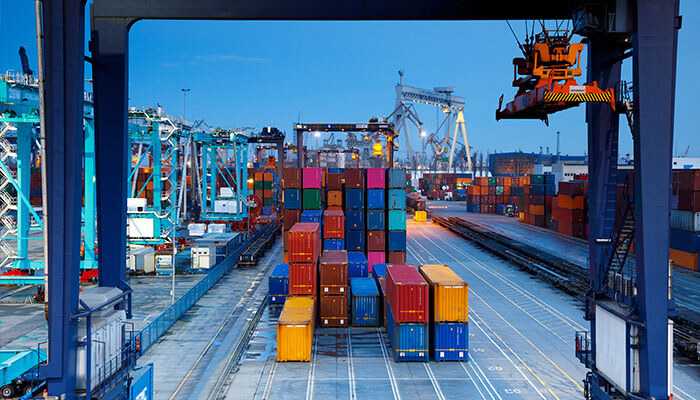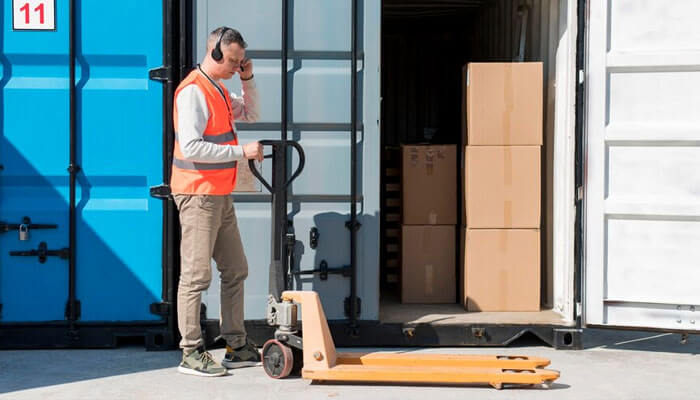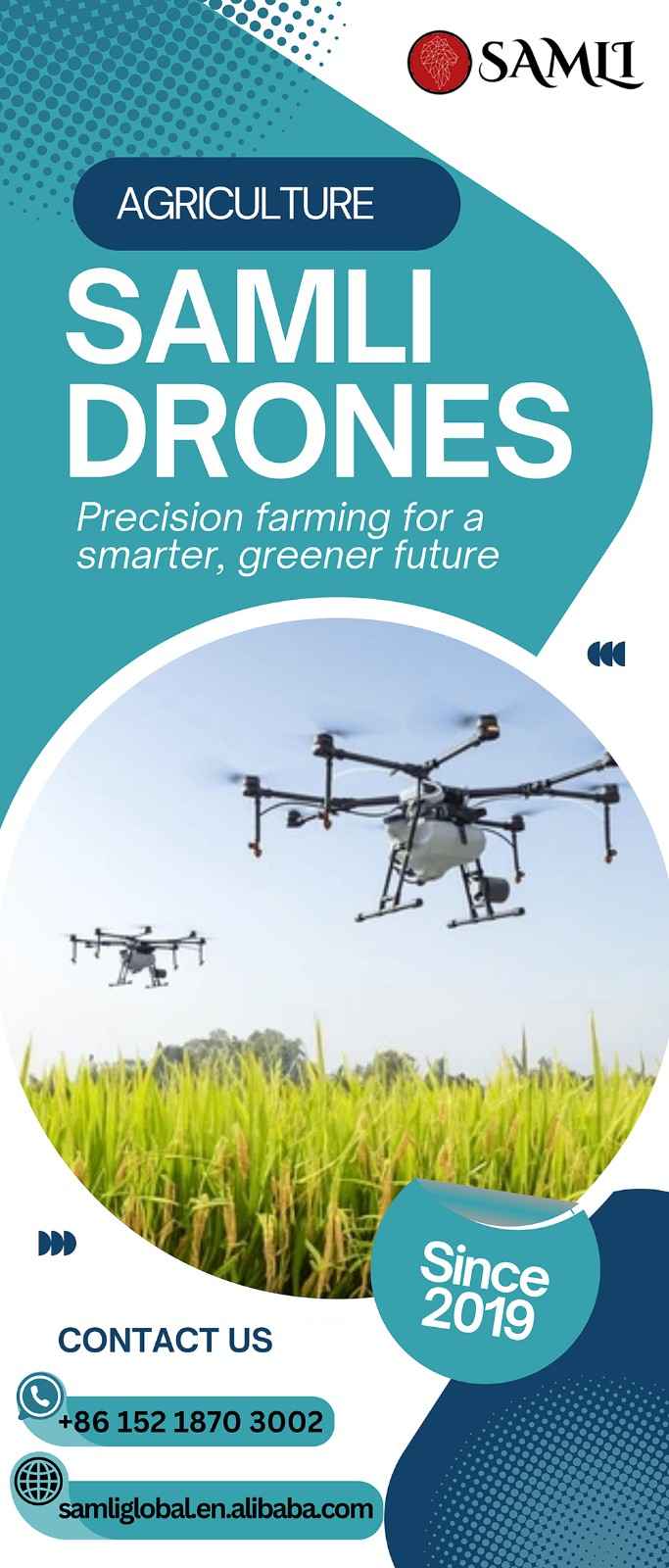Shipping containers may have been around for decades now, but they’re one of the few constants in the logistics industry. Everything else—from load optimization software to the lorries that carry containers—has innovated leaps and bounds, including the way that these containers are loaded.
There are a range of ways that this can be further optimized to reach a high level of efficiency. From load automation to worker training, these are just a few of the main things you should do to ensure shipping containers are used as efficiently as possible.
Specialist Shipping Containers Loading Solutions
The first thing to note is that your standard approach to manual loading, using a forklift truck, will pretty much never be the most efficient solution when it comes to loading containers. Instead, you need to start by looking at specifically designed loading solutions from providers such as Joloda Hydraroll.
There are a range of different options that will be more or less suitable, depending on the kinds of cargo you’re loading. It’s worth looking at everything from skate and track to load plate solutions, to get a good idea of what’s on offer.
Shipping Containers Load Optimization
The order in which items are loaded can also have a big impact on efficiency. For one, loading containers so that the weight is unevenly distributed can result in decreased driving efficiency, not to mention a substantial increase in danger.
Unoptimized loading can also make up far less efficient when it comes to unloading, especially if multiple destinations need delivering to. Luckily, there’s now a variety of tools that can automate the process of optimizing loading order, making it much easier to get it right.
Optimized Packing
Another aspect of loading that can have a big impact on efficiency is how items are packaged up in the first place. Whether you’re dealing with thousands of tiny items or just a few huge rolls of metal, they need to be packaged up in a way that is optimized to go with your loading solution of choice.
Worker Training
It’s one thing to invest in the best technology possible and formally adopt a range of intelligent loading policies at a high level, but if your workers aren’t properly trained, none of this will make a difference.
To really tie things together, you need to make sure that all relevant employees are fully informed on the best possible practices at all times, and this takes some time and effort.
You’ll need to provide a range of training courses and keep these updated so that the training remains relevant. This will both need to be something that’s done at regular intervals, and integrated into the onboarding process for all new employees.
Shipping containers can be an effective mainstay of your logistics process, but you must deal with them correctly. By keeping the points listed above in mind, you can help to ensure that you get the loading process just right, wasting as little time and money as possible.



